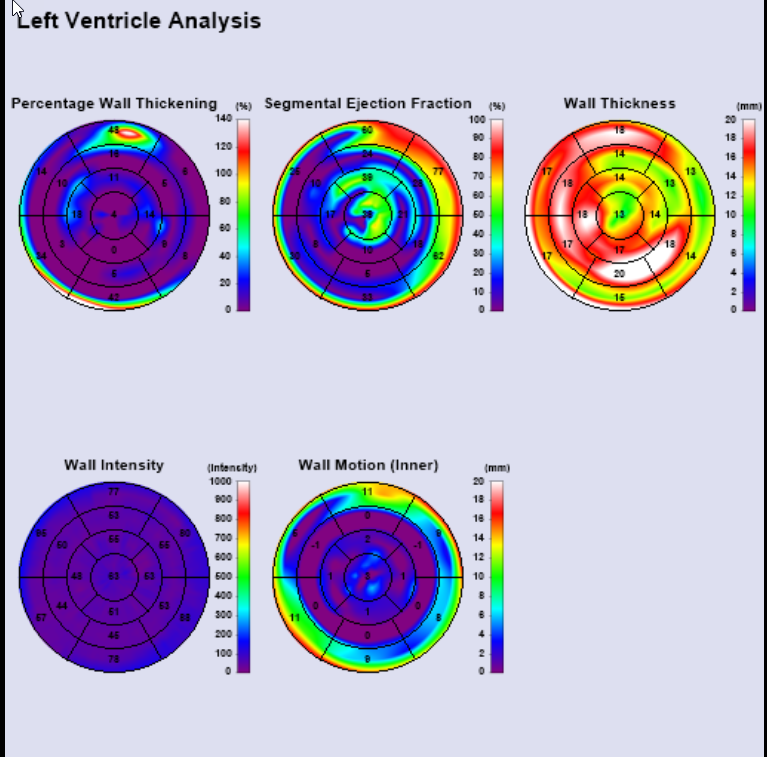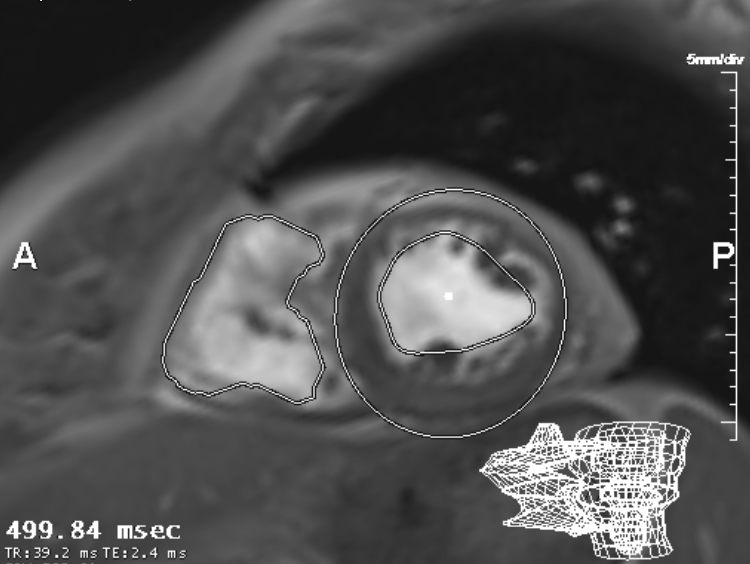The role of cardiac MRI is continuously expanding.
Its unique ability to evaluate advanced clinical questions has made it a powerful diagnostic tool for patients with complex conditions of the heart, and an important instrument in the realm of research.
We spoke with Dr. Giovanni Lorenz, a Cleveland Clinic fellowship-trained Cardiac and Thoracic radiologist, to learn about today’s most exciting developments in cardiac MRI. From how COVID 19 has impacted exam use to exciting new 30 minute protocols, Dr. Lorenz reveals the latest in cardiac MRI.
Through DocPanel, imaging centers can access Dr. Lorenz’s expertise on a case-by-case basis. To learn more, send us a note here.
[DocPanel] How have the uses of cardiac MRI changed in recent years?
[Dr. Lorenz]
It’s expanded to fill nearly all of the basic and advanced cardiac, valve, and vessel disease questions we’ve ever cared to ask.
Specifically, cardiac MRI offers the best resolution of the anatomy and exquisite functional evaluation of the chest in a 30 minute or less exam without ionizing radiation. We can get these answers from a trailer-based system to a state of the art 7T MRI system. And now, with remote acquisition and video technologies like Zoom, we can do this from a distance.
[DocPanel] What are the main uses today?

[Dr. Lorenz]
The list is continuously growing. Several organizations have provided white papers on the subject. In general, the American College of Radiology and the American College of Cardiology recognize its use in the functional evaluation of the left and right ventricle, cardiomyopathies from ischemia, dilation from drugs, alcohol and hypertrophic/restrictive diseases from sarcoid, amyloid, and genetic disease.
One of the bright spots in MRI is the immense capability for quantification of blood flow, valve disorders like stenosis or regurgitation, and, specifically, the myocardium through the use of T1, T2, and T2* physiology. These simple to obtain “myomaps” allow us to put a number on the heart and compare before or after treatment.
[DocPanel] How has COVID impacted the need for cardiac MRI?
[Dr. Lorenz]
COVID reaffirmed the central role that cardiac MRI can play in evaluating viral threats to the heart. What we learned is that COVID causes an inflammatory cascade affecting the heart muscle, valves, pericardium, and the aorta. This can have long-lasting effects in terms of scar and fibrosis, limiting function. The use of the Lake Louise Criteria provides an easy 15min exam protocol to evaluate COVID. How many other COVID exams can say this?
[DocPanel] How has it become easier for imaging facilities to implement a cardiac MRI program?
[Dr. Lorenz]
Now is the right time for a practice to consider a cardiac MRI program. With highly reliable 1.5T trailers routinely offering a robust cardiac package, and technician expertise in cardiac MRI becoming less specialized, it proves that we can move this exam from hospitals to outpatient centers.
Reliable fast reads from cardiac imagers, like radiologists and cardiologists, is also much easier now than before. Standardized testing from the APCA CMRI and robust GME requirements in the specialty of radiology have also converged to provide our newest physicians the expertise to read cardiac MRI. As part of the inaugural class that passed the CBCMRI; I can attest to the rigor and depth of the exam.
Next up, read: How Any Imaging Center Can Offer Cardiac MRI
[DocPanel] Where do you see the future of cardiac MRI heading?
[Dr. Lorenz]
Cardiac MRI is ready for its time in the sun as we move it from highly specialized inpatient tertiary hospitals – to ubiquity in the outpatient imaging center.
With 30 minute protocols, beautiful resolution of the heart and chest, and a host of “gold standards” for use, Cardiac MRI is ready to be the value-based prime time contender in outpatient medicine.
[DocPanel] What is the most exciting thing currently in development for cardiac MRI?
[Dr. Lorenz]
Most of the trade shows and large conventions will talk about AI in their systems – but I think the most exciting thing in development continues to be the images produced. Improvement in coils and processing hardware that happens behind the scenes is constantly evolving.
The spatial resolution of a generic 1.5T trailer system is leaps and bounds greater than the expensive systems from a few years ago. I’ve never seen a patient well up in tears for AI, but I have seen the magic of someone seeing their own heart beat in beautiful detail. That connection is what makes my job so great.
If you would like to learn more about how you can access Dr. Lorenz’s expertise on a case-by-case basis through DocPanel, send us a note here.
The DoD, Air Force, and DHA do not endorse any activities or claims in this post.
